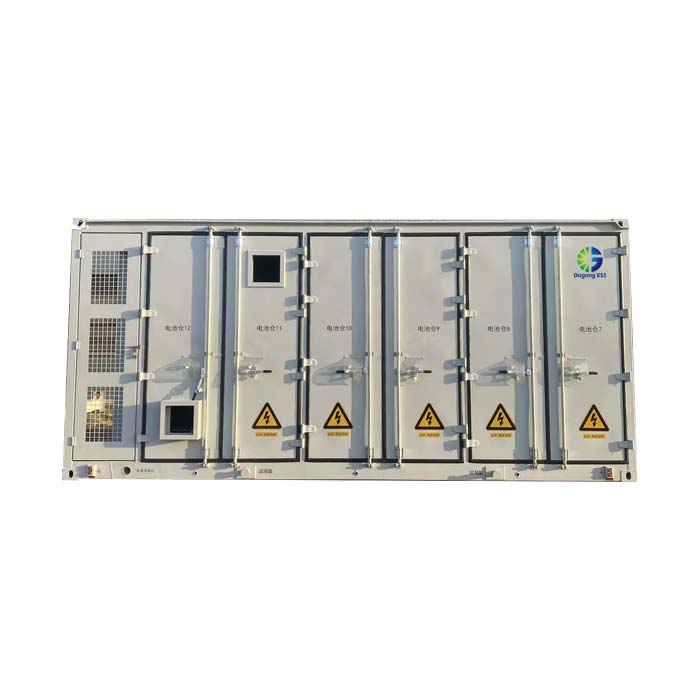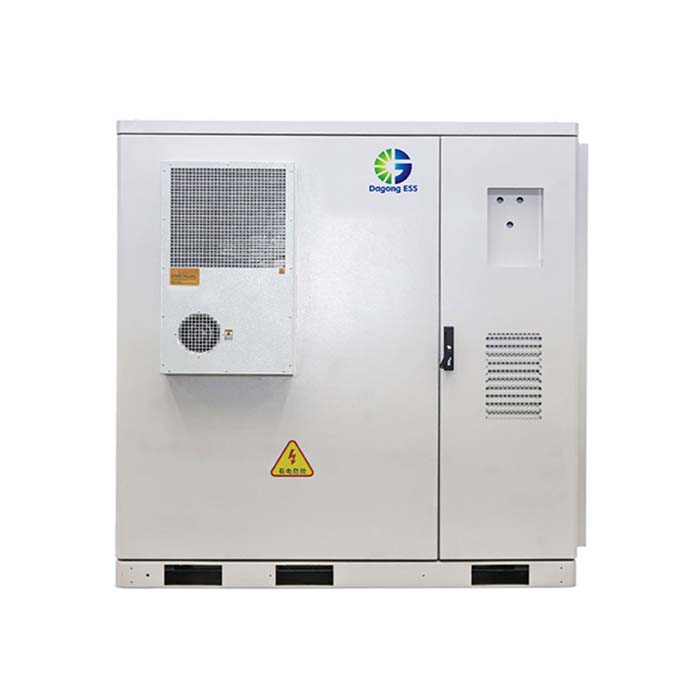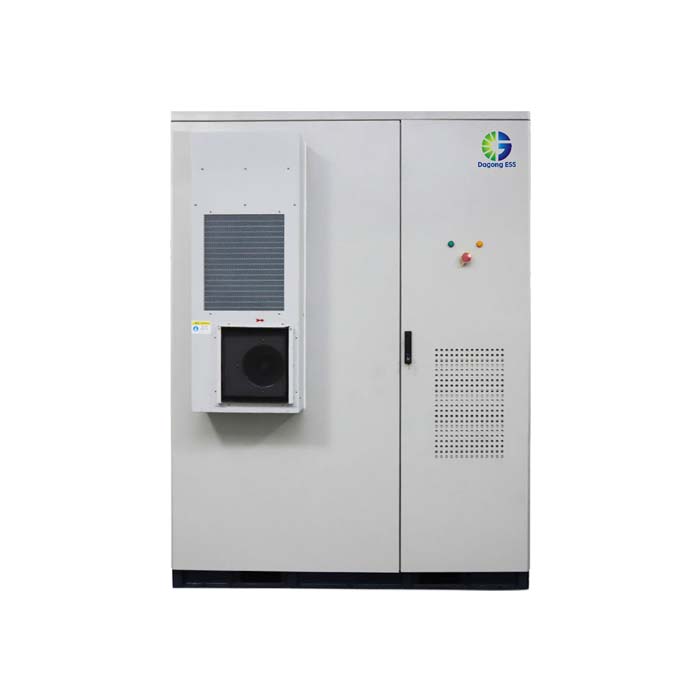Why LFP Energy Storage is Replacing Diesel Generators Worldwide
What is LFP Energy Storage?
LFP (Lithium Iron Phosphate) energy storage systems represent a new generation of clean, efficient, and intelligent power backup solutions. Unlike traditional diesel generators, LFP ESS operates silently, requires no fuel, and delivers instant power during grid failures.
Built on high-safety lithium iron phosphate cells, these systems provide:
Long service life of over 8000 cycles and more than 15 years of operation;
Fast response in milliseconds;
Zero emissions and minimal noise;
Smart control with real-time energy management through an EMS system.
Dagong ESS offers a complete product line to meet different application needs — from small commercial systems like the 100kWh Air-Cooled ESS to large-scale backup stations such as the 372kWh Liquid-Cooled ESS and 5MWh Air-Cooled ESS Container for industrial facilities.
Types of Backup Power Solutions: From Diesel to Energy Storage
For decades, diesel generators dominated backup power applications. However, their reliance on fossil fuels, high noise levels, and maintenance costs are no longer sustainable in modern energy infrastructure.
Today, LFP ESS provides a cleaner and smarter alternative. The main types include:
Air-Cooled ESS (100–241kWh): Compact, modular, and easy to install, ideal for offices, schools, and commercial buildings.
Liquid-Cooled ESS (215–372kWh): High-efficiency systems for industrial backup or microgrid applications.
Containerized ESS (3.35MWh–5MWh): Large-scale backup solutions for factories, hospitals, and data centers.
Dagong ESS has successfully deployed these systems in multiple global projects, demonstrating stable operation and excellent return on investment.
Features of LFP Energy Storage Systems
The growing preference for LFP energy storage over diesel generators is driven by several technological and environmental factors:
Sustainability: Zero greenhouse gas emissions and full recyclability of LFP batteries.
High safety: Stable lithium iron phosphate chemistry minimizes thermal runaway risks.
Intelligent management: EMS platforms allow real-time monitoring, predictive maintenance, and remote diagnostics.
Lower lifecycle cost: Although initial investment is higher, the total cost of ownership (TCO) is significantly lower than diesel generators due to fuel-free operation and minimal maintenance.
Scalability: Modular designs such as Dagong's 215kWh and 372kWh systems allow easy capacity expansion as power demand grows.
Applications of LFP ESS as Backup Power
LFP energy storage systems are now widely used across various industries and infrastructures worldwide:
Hospitals and Data Centers: Ensure uninterrupted power during grid failures, replacing noisy and polluting diesel generators.
Manufacturing Facilities: Support production continuity and reduce peak electricity costs.
Telecommunication and Transportation: Provide stable backup for base stations, airports, and signal systems.
Commercial Buildings: Combine with PV systems for hybrid “solar + storage + backup” power supply.
For example, Dagong ESS's 5MWh Air-Cooled Container ESS has been deployed in industrial parks and logistics centers, where it delivers reliable backup power and participates in peak-load shifting programs.
Price of LFP Energy Storage Systems
The cost of LFP ESS varies depending on system size, configuration, and cooling technology. Generally, air-cooled systems are more cost-effective for small and medium-scale use, while liquid-cooled and containerized systems offer higher efficiency for large projects.
Although upfront investment is higher than diesel generators, the long-term savings from zero fuel costs, lower maintenance, and regulatory compliance make LFP ESS a more economical solution overall.
How to Select an LFP ESS for Backup Applications
When replacing diesel generators, the following factors should be considered:
Required backup duration and load capacity;
Installation environment (indoor, outdoor, or high-temperature sites);
Cooling preference (air-cooled vs. liquid-cooled);
Integration with PV or microgrid systems;
Available budget and lifecycle cost targets.
Dagong ESS provides customized system design and integration support, ensuring optimal configurations for industrial, commercial, and institutional users.
How Long Does LFP ESS Last?
High-quality LFP systems typically deliver 8000+ charge–discharge cycles and remain operational for 15–20 years. With proper EMS control, performance degradation is minimal, ensuring reliable power supply for the entire project lifecycle.
Dagong ESS's liquid-cooled systems feature precise temperature management, further extending battery longevity and maintaining consistent efficiency.
The Supplier of Reliable Energy Storage Solutions
As global demand for cleaner backup power grows, Dagong ESS continues to lead the market with advanced, modular, and certified products — including 215kWh Liquid-Cooled ESS, 372kWh Liquid-Cooled ESS, and 5MWh Air-Cooled ESS Container systems — all compliant with CE, UN38.3, and MSDS standards.
Through continuous innovation in LFP technology, thermal management, and intelligent control, Dagong ESS provides turnkey solutions for energy storage backup across diverse sectors.
If you are interested in LFP Energy Storage Systems for Backup Power,please contact Dagong ESS:📧 Email: sales@dagongess.com








